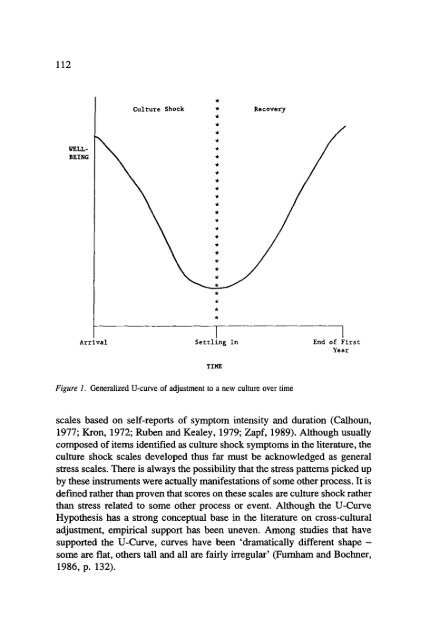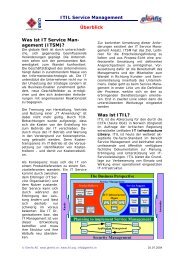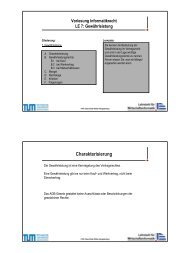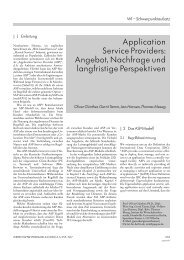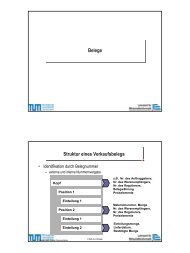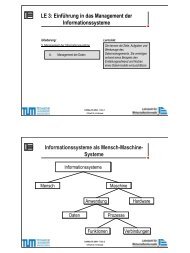Cross-cultural transitions and wellness: Dealing with culture shock
Cross-cultural transitions and wellness: Dealing with culture shock
Cross-cultural transitions and wellness: Dealing with culture shock
Create successful ePaper yourself
Turn your PDF publications into a flip-book with our unique Google optimized e-Paper software.
112<br />
WELL-<br />
BEING<br />
Arrival<br />
Culture Shock * Recover'/<br />
-/<br />
I I<br />
Settling In End of First<br />
Year<br />
TIME<br />
Figure 1. Generalized U-curve of adjustment to a new <strong>culture</strong> over time<br />
scales based on self-reports of symptom intensity <strong>and</strong> duration (Calhoun,<br />
1977; Kron, 1972; Ruben <strong>and</strong> Kealey, 1979; Zapf, 1989). Although usually<br />
composed of items identified as <strong>culture</strong> <strong>shock</strong> symptoms in the literature, the<br />
<strong>culture</strong> <strong>shock</strong> scales developed thus far must be acknowledged as general<br />
stress scales. There is always the possibility that the stress patterns picked up<br />
by these instruments were actually manifestations of some other process. It is<br />
defined rather than proven that scores on these scales are <strong>culture</strong> <strong>shock</strong> rather<br />
than stress related to some other process or event. Although the U-Curve<br />
Hypothesis has a strong conceptual base in the literature on cross-<strong>cultural</strong><br />
adjustment, empirical support has been uneven. Among studies that have<br />
supported the U-Curve, curves have been 'dramatically different shape -<br />
some are flat, others tall <strong>and</strong> all are fairly irregular' (Furnham <strong>and</strong> Bochner,<br />
1986, p. 132).


